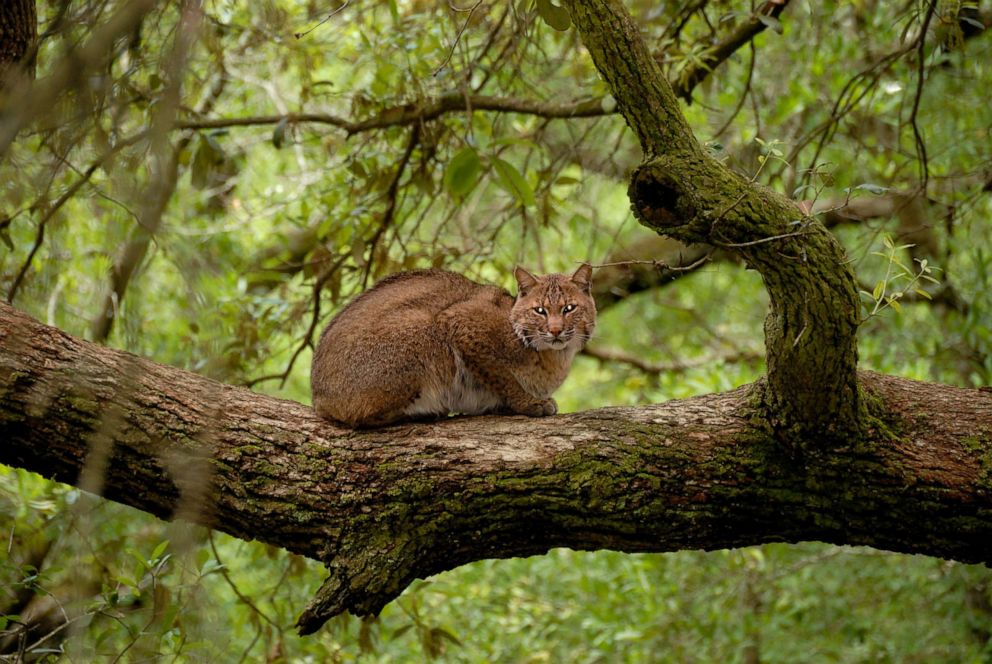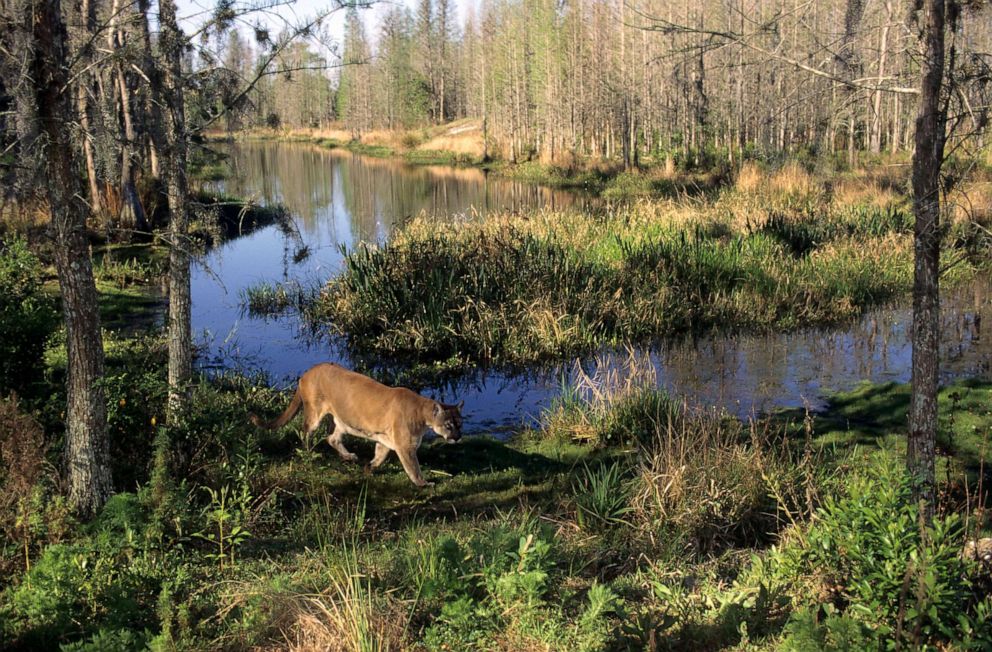Florida wildlife officials investigating mysterious cases of stumbling panthers
Trail footage has shown several panthers and bobcats struggling to walk.
Wildlife officials in Florida are investigating a disorder detected in some panthers and bobcats that is causing them to stumble.
Several large cats in the state have exhibited "some degree of walking abnormally or difficulty coordinating their back legs," according to a release from the Florida Fish and Wildlife Conservation Commission.
The FWC has confirmed neurological damage in one panther and one bobcat so far, officials said. In addition, images of eight young panthers, mostly kittens, and one adult bobcat -- all displaying "varying degrees" of the condition -- have been captured from multiple locations in Collier, Lee and Sarasota counties.

Another panther that could be affected was photographed in Charlotte County but has not yet been captured.
Officials have not determined a "definitive cause" of the condition but are testing for various potential toxins, including rat poison, as well as infectious diseases and nutritional deficiencies, according to the release.
"While the number of animals exhibiting these symptoms is relatively few, we are increasing monitoring efforts to determine the full scope of the issue," Gil McRae, director of the FWC’s Fish and Wildlife Research Institute, said in a statement. "Numerous diseases and possible causes have been ruled out; a definitive cause has not yet been determined. We’re working with the U.S. Fish and Wildlife Service and a wide array of experts from around the world to determine what is causing this condition."

The announcement came a year after a nature photographer in South Florida noticed that panthers and bobcats that appeared on his trail cameras had difficulty walking, the Tampa Bay Times reported.
The FWC has asked the public to submit any trail footage or other video that captures animals that appear to have problems with their rear legs.
About 130 panthers, the state animal, are left in Florida, and the species remains endangered, according to the National Wildlife Federation.
Additional information was not immediately available.




